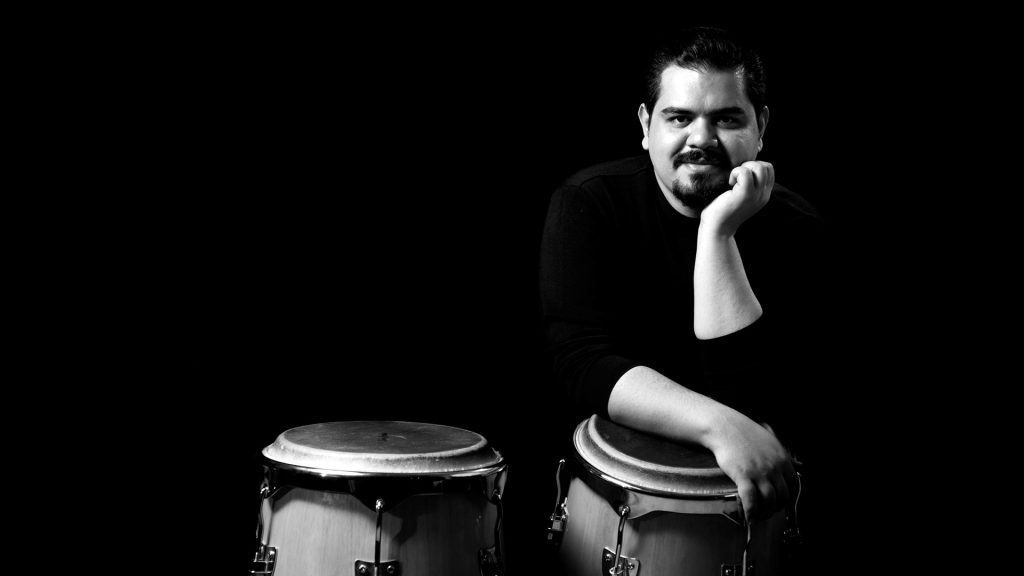
Conga is a type of barrel-shaped single-headed membranophone. that consists of two or more wooden drums next to each other … This instrument, which is more commonly known as tomba in Iran, is of African origin. And the root of this family of instruments goes back to simpler and more primitive ones like ashiko in […]
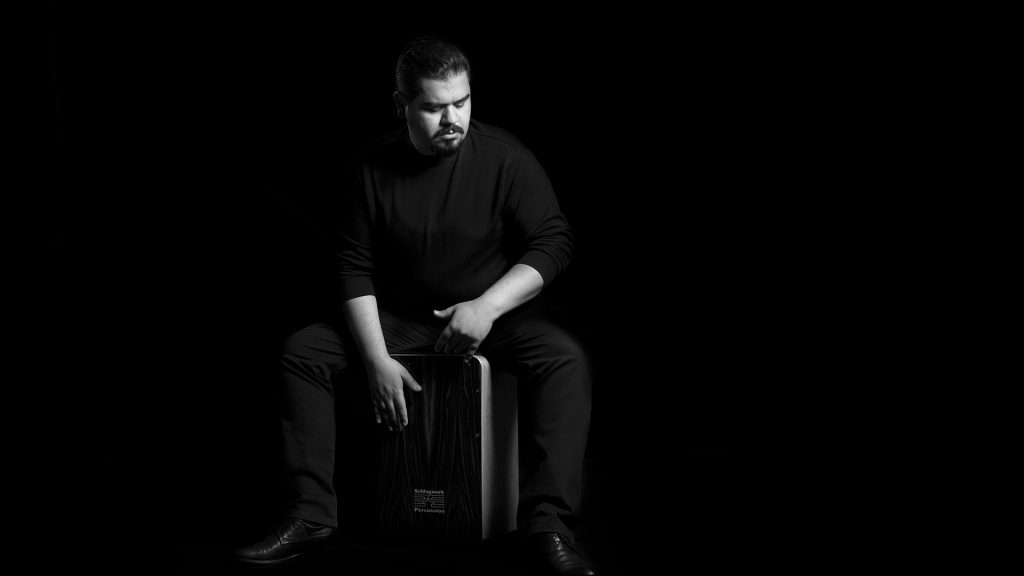
Introduction and history of Cajon: Cajon making is a type of box sounds that sit on it. It is played with direct contact of hands and fingers and also with tools such as different types of brushes. This instrument, which has no historical antiquity, was born in South America and literally means box. In the […]
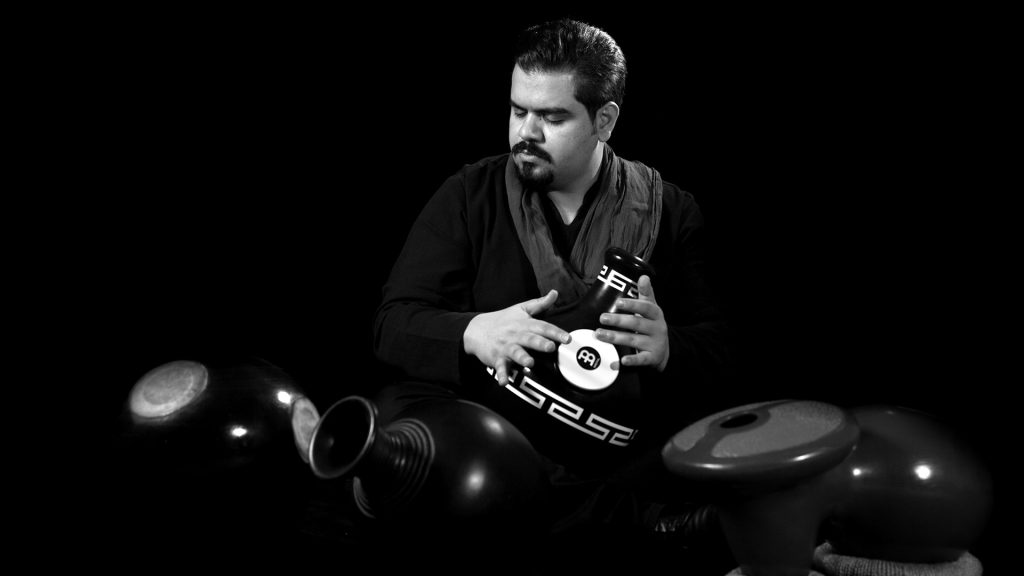
History : A kuzeh is a self-sounding instrument that is usually made of pottery and is played by directly striking the fingers of the hand. This instrument is seen with different shapes and playing styles in the southern and southeastern provinces of Iran. In Hormozgan, they know kuzeh by the name of jaleh and the […]
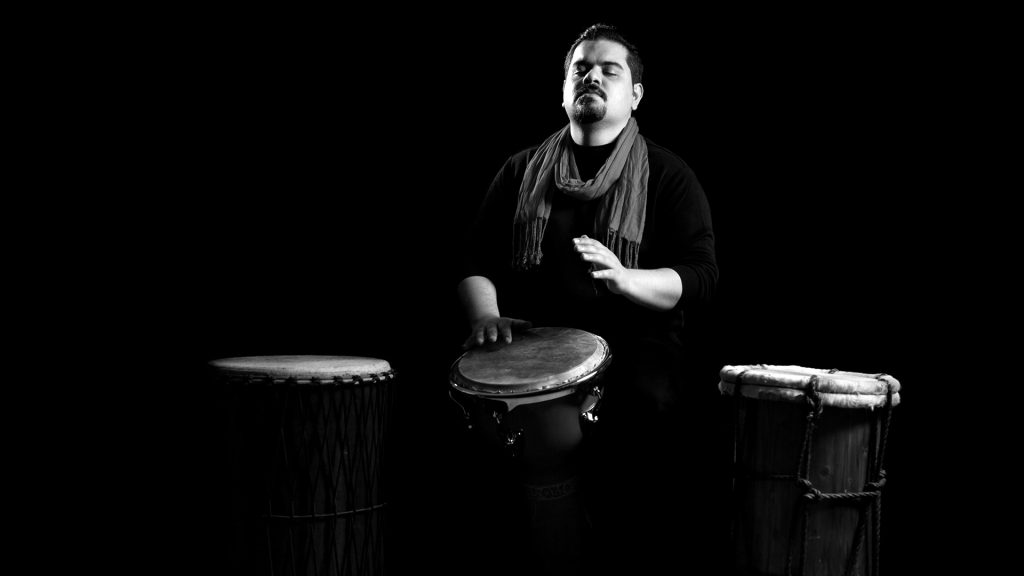
History: Djembe, which is also called Jimbe, is a goblet-shaped drum and is considered the root of all percussion instruments. An attractive African instrument. This instrument with its tribal appearance, its meaningful and loud sound, is easy and comfortable to play. And it has become one of the most lovable instruments in the world. Djembe, […]
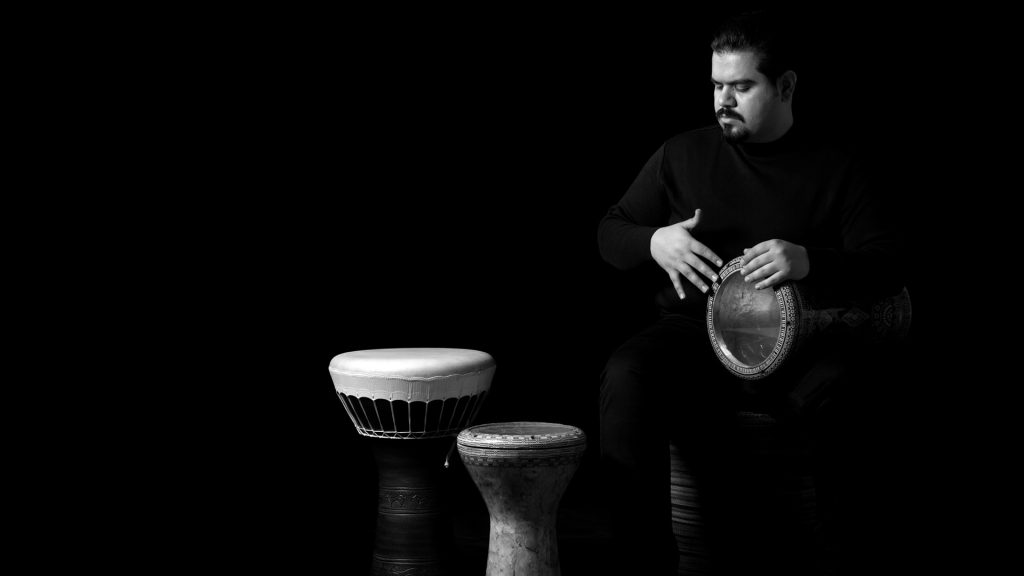
History: Darbuka is an instrument from the category of skin-sound percussion and goblet-shaped that its body is made in two types of metal and ceramic. Metal darbukas are made of aluminum, copper, iron and so on, which are usually synthetic-skinned and natural skin is mostly used for ceramic darbukas. Darbuka is originally related to the […]
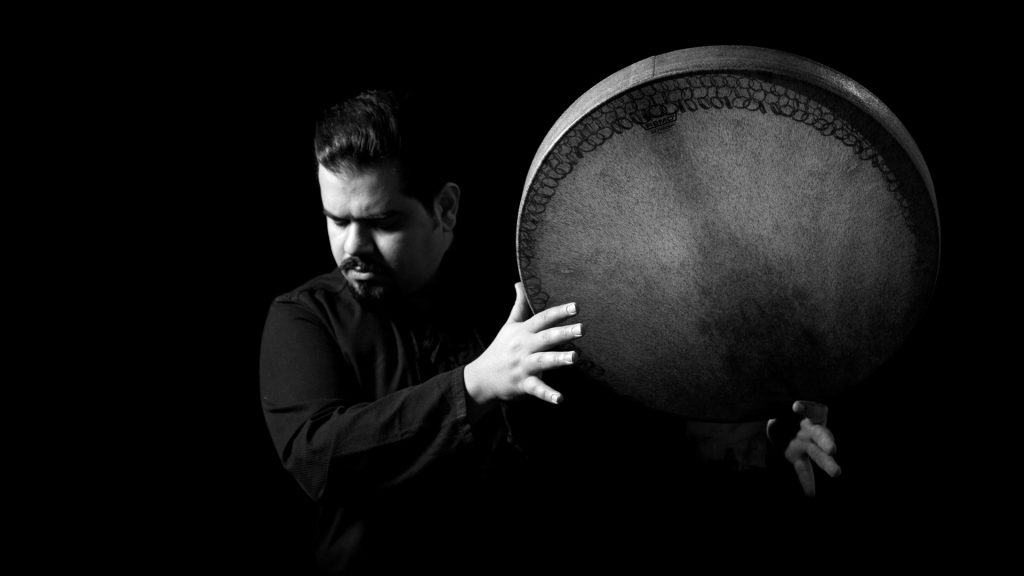
History: Daf is one of the most famous and oldest Iranian percussion instruments that belongs to the large family of single-sided skin-sounds. This instrument, which is played with the fingers of the hand, was mostly used in the past for playing in khaneqahs and mystical music. But today it is used in most styles of […]
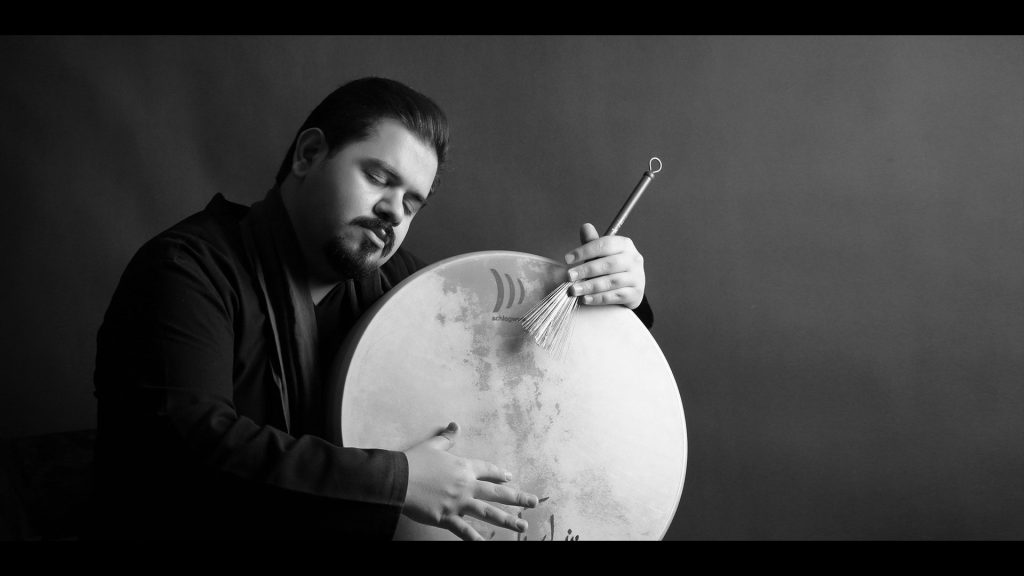
Frame drums or cube-shaped frames are a group of family of skin-sounds that usually have a simple appearance and are among the ancient instruments. Some examples of this category are Iranian-Azeri circle instruments, bendir from Turkey, tar from North Africa, bodhran from Ireland and pendarek, an inventive instrument. Prominent players Some of the prominent players […]
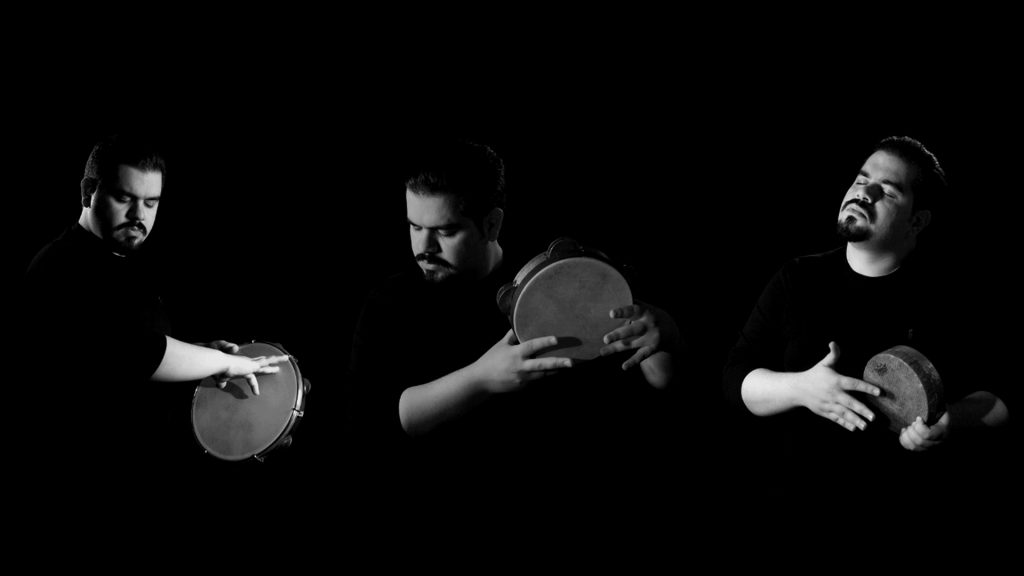
History: Frame drums or cube-shaped frames are a group of family-sounders. That have a simple appearance and are among the ancient instruments. From this group, one can mention the instruments of Rick related to the countries of Arabia and Turkey, Kanjira related to the country of India, Tambourla related to the country of Italy and […]
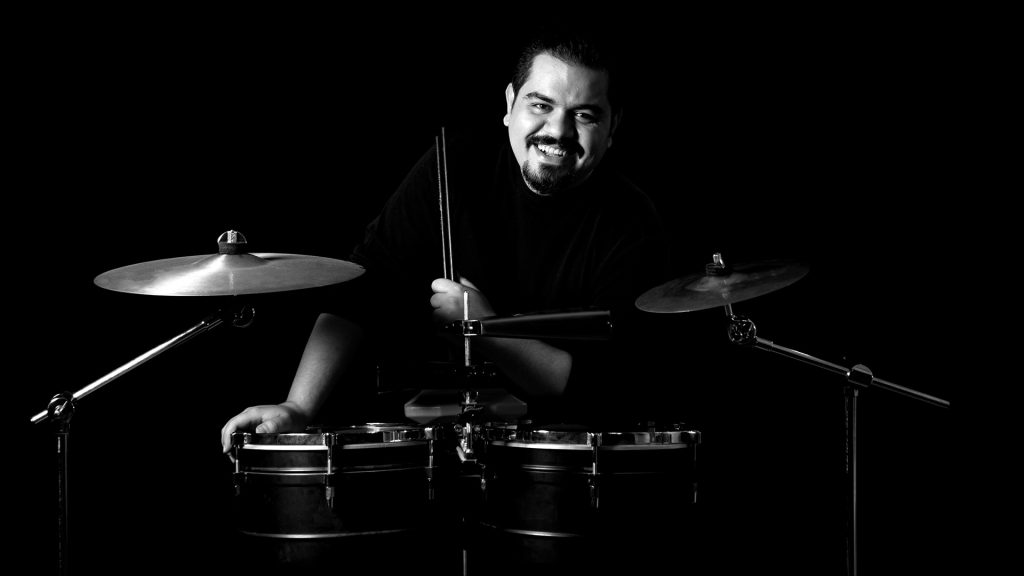
History: Timbales are a type of one-sided membranophone from the country of Cuba in South America that consist of two metal drums next to each other. That consist of two metal drums next to each other. And are played with hands and sticks. The word timbal is the singular of timbales, It comes from the […]
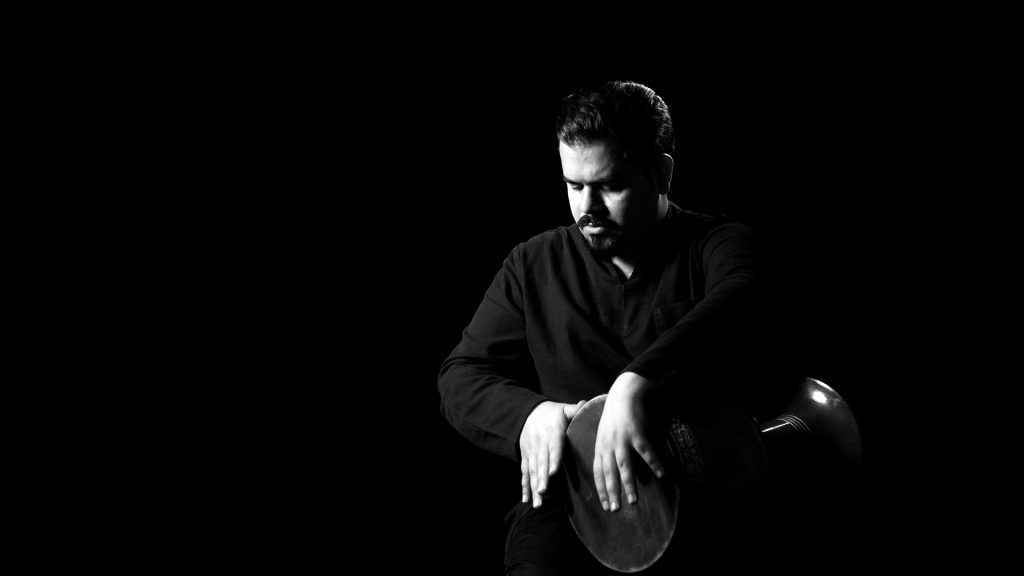
History: Tombak which is also known as tonbak and Zarb, is a percussion instrument with a skin sound and a goblet shape and is played with direct touch of the fingers. Its body is generally made up of wood. but metallic and ceramic models are also available. “Some believe that the original name of this […]










